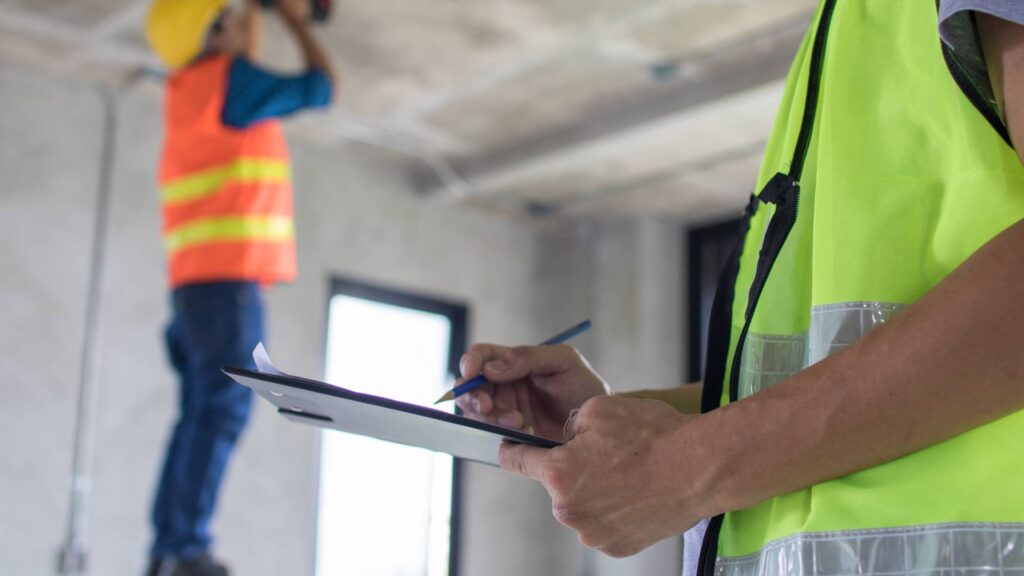Table Of Content
ToggleStepping into the world of pest control, there’s a lot to learn, especially about the different kinds of inspections. Knowing the difference between a pest inspection and a termite inspection can be a game-changer.
It’s not just about finding problems; it’s about keeping them from happening in the first place. This guide is here to clear things up, using my experience to show you why it’s so important to know what you’re dealing with. Let’s get your place safe and secure, starting with the basics.
A pest inspection targets a broad spectrum of pests to assess their presence and the potential damage they’ve caused. This type of inspection is essential for identifying and mitigating risks posed by various pests, from insects to rodents, ensuring the health and safety of the home environment.
Conversely, a termite inspection zeroes in on termites, focusing on identifying their presence and the specific damage they inflict on wooden structures. Termites are known for their ability to cause significant structural damage, often hidden until severe, warranting a focused and specialized inspection approach.
To distinguish between pest and termite inspections, consider the following aspects:
| Aspect | Pest Inspection | Termite Inspection |
|---|---|---|
| Coverage | Wide range of pests (e.g., rodents, cockroaches, ants) | Specifically targets termites |
| Importance | Identifies potential health risks and property damage | Focuses on structural damage and prevention |
| Conducting Method | Visual assessments, specialized equipment for various pests | Detailed examination of wood structures, use of specialized equipment for termites |
While both types of inspections involve visual assessments and may use specialized equipment, termite inspections often require more detailed examination due to the hidden nature of termite damage.

In the home buying process, pest and termite inspections play pivotal roles. These inspections are crucial for uncovering existing issues that could affect a property’s value and safety, impacting the home purchase decision. They help uncover potential deal-breakers, influence negotiation processes, and inform long-term maintenance planning.
When purchasing a house, a pest inspection is crucial, especially in older homes or properties in areas known for specific pest issues. Understanding the costs associated with pest inspections is also essential, as these vary by location and home size but are a necessary investment for peace of mind.
Maintaining a pest-free home requires not only regular inspections but also an understanding of the most effective treatment schedules. Deciding between quarterly vs monthly pest control plans is key to choosing a strategy that aligns with your home’s specific needs and challenges.

Inspection costs for pests and termites offer a general overview, with factors influencing the cost including location, property size, and the severity of any detected infestation.
Below is a table that summarizes the inspection costs and considerations for both pest and termite inspections.
| Inspection Type | Cost Range | Influencing Factors |
|---|---|---|
| Pest Inspection | $50 to $200 | Location, property size, severity of infestation |
| Termite Inspection | $100 to $500 | Location, property size, severity of infestation, detail level |
Key Considerations:
Choosing a qualified inspector is crucial, with important qualities including certification, licensing, and experience.
Selecting a termite inspection professional requires seeking specialists with a strong track record and verifying credentials. It’s important to ask about their inspection process and tools, as well as follow-up support and treatment options.

So, there you have it. Knowing the ins and outs of pest and termite inspections really matters. Maintaining a pest-free home over the long term involves regular inspection, maintenance, sealing entry points and reducing moisture.
My time in pest control has shown me it’s all about staying ahead of the game. Picking someone who knows their stuff is key to keeping your place in tip-top shape. With the right approach, we’re not just fixing problems—we’re stopping them before they start. I’m here to help guide you, making sure you and your home are protected every step of the way.
The difference between pest control and anti termite is in their scope and focus. Pest control covers a broad spectrum of activities aimed at managing or eliminating pests like insects and rodents that can impact human health and activities. Anti termite, however, specifically zeroes in on preventing, detecting, and treating termite infestations to protect wooden structures from damage.
A termite inspection is frequently referred to as a Wood Destroying Organism (WDO) inspection. This terminology emphasizes the inspection’s goal to identify termites and other pests capable of damaging wood, ensuring structural integrity is maintained.
A pest control inspection entails a detailed assessment of a property to identify signs of pest activity and potential vulnerabilities. Inspectors look for evidence of infestations, such as damage, droppings, and nests, while also evaluating conditions that might attract pests, offering recommendations to mitigate these risks.
Your trusted pest control experts in Southern California. Keeping your neighborhood pest-free!